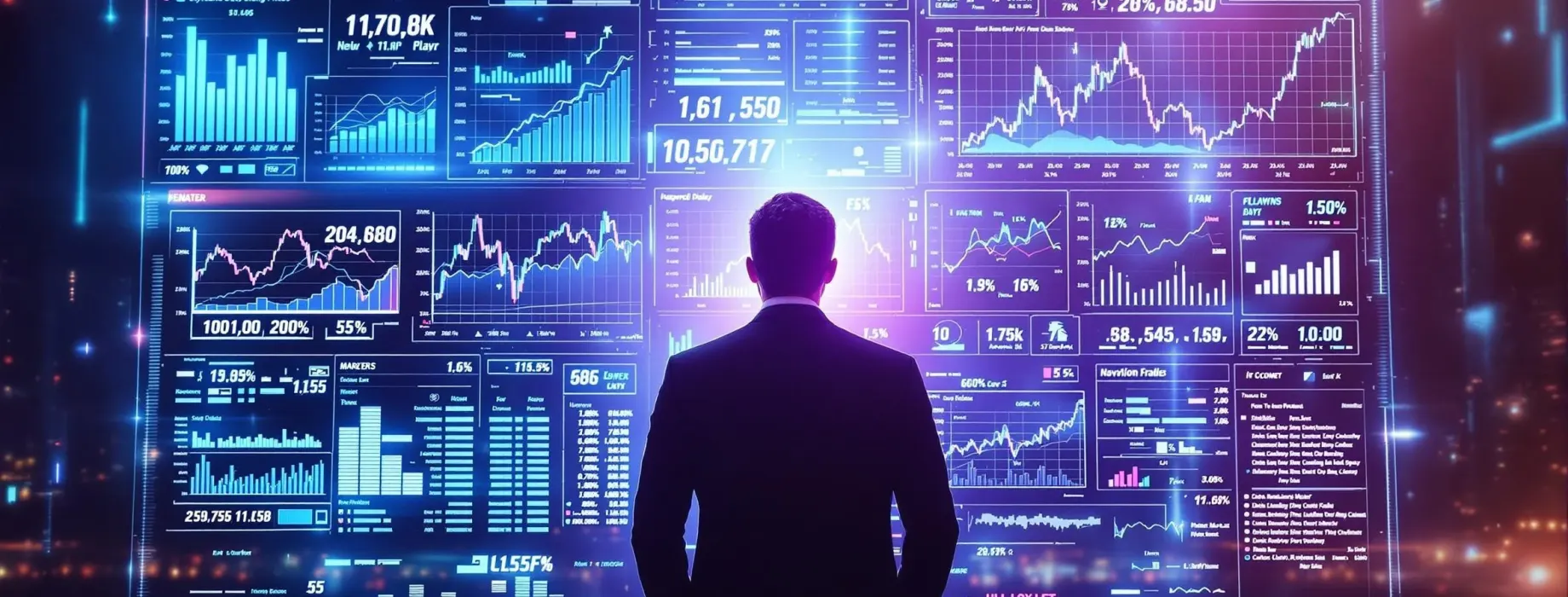- Consumption (C): Household spending on goods and services.
- Investment (I): Expenditures by businesses on capital goods intended for future production.
- Government Spending (G): Total government outlays on public goods and services.
- Net Exports (NX): The balance of a nation’s exports over its imports.
Key Distinctions Between Aggregate Demand and Aggregate Supply

Recognizing the difference between aggregate demand and aggregate supply is essential for grasping market mechanics and economic balance. This article takes a closer look at these concepts, their effects on the economy, and how traders on platforms like Pocket Option can utilize this understanding to enhance trading results.
Article navigation
- Decoding Aggregate Demand and Its Elements
- Analyzing Aggregate Supply
- Principal Differences Between Aggregate Demand and Aggregate Supply
- Advantages & Disadvantages of Aggregate Demand and Supply Analysis
- Interplay of Aggregate Demand and Supply
- Historical Insight: The 1970s Oil Crisis
- Practical Implications for Pocket Option Traders
- Significance of Aggregate Demand and Supply in Class 12 Economics
- Aggregate Demand and Aggregate Supply Notes
Decoding Aggregate Demand and Its Elements
Aggregate demand embodies a macroeconomic idea reflecting the total demand for goods and services within an economy at a specific price level and time frame. It encompasses several vital components:
Aggregate demand is influenced by shifts in consumer confidence, fiscal strategies, and interest rates. For instance, enhanced consumer confidence can spur increased consumption, thereby boosting aggregate demand.
Analyzing Aggregate Supply
Aggregate supply refers to the total goods and services output that firms in an economy aim to sell at a certain price point. It’s vital to distinguish between the two forms of aggregate supply:
- Short-Run Aggregate Supply (SRAS): This illustrates the link between total production and the price level when some production factors are fixed. The SRAS curve typically slopes upward, indicating that price hikes can lead to increased output.
- Long-Run Aggregate Supply (LRAS): Over an extended period, all production factors are adjustable, and the LRAS curve stands vertical at the full employment output level, showing the economy’s peak potential output without sparking inflation.
Principal Differences Between Aggregate Demand and Aggregate Supply
Understanding the difference between aggregate demand and aggregate supply is key for evaluating economic equilibrium. Below is a comprehensive table outlining their main distinctions:
| Aspect | Aggregate Demand | Aggregate Supply |
|---|---|---|
| Definition | Total demand in the economy | Total output produced |
| Components | C, I, G, NX | SRAS, LRAS |
| Influencing Factors | Consumer confidence, policy | Production capacity, resources |
| Time Frame | Short to medium term | Short-run and long-run |
| Curve Slope | Downward-sloping | Upward-sloping (SRAS), Vertical (LRAS) |
Advantages & Disadvantages of Aggregate Demand and Supply Analysis
These concepts offer both benefits and drawbacks:
| Pros | Cons |
|---|---|
| Aids in economic forecasting | Challenging to measure precisely |
| Facilitates policy development | Affected by numerous variables |
| Useful for traders | Might lead to oversimplification |
Interplay of Aggregate Demand and Supply
The convergence of aggregate demand and aggregate supply establishes the equilibrium price level and real GDP in an economy. Variations in these curves can profoundly influence inflation and unemployment rates:
- Increased Aggregate Demand: Can result in higher prices and output, but may cause inflation if not met by supply.
- Decreased Aggregate Demand: Typically leads to reduced prices and output, potentially causing recession.
- Increased Aggregate Supply: Often leads to lower prices and higher output, promoting economic growth.
- Decreased Aggregate Supply: May lead to higher prices and lower output, possibly causing stagflation.
Historical Insight: The 1970s Oil Crisis
The 1970s oil crisis serves as a notable example of a significant aggregate supply shift. During this era, oil prices soared due to geopolitical conflicts, drastically reducing aggregate supply. This led to stagflation, an unusual economic state marked by high inflation and unemployment coupled with stagnant growth.
Practical Implications for Pocket Option Traders
For traders on platforms like Pocket Option, comprehending the difference between aggregate demand and aggregate supply can provide a strategic edge. By tracking economic indicators like GDP growth, inflation, and employment data, traders can predict market behaviors and seize short-term pricing opportunities, thus refining their trading tactics.
Significance of Aggregate Demand and Supply in Class 12 Economics
In class 12 economics, the difference between aggregate demand and aggregate supply is a cornerstone for grasping macroeconomic equilibrium. Students explore how these concepts elucidate economic fluctuations and the impact of governmental policies on stabilizing the economy.
Aggregate Demand and Aggregate Supply Notes
For both students and professionals, keeping thorough notes on aggregate demand and aggregate supply is essential. These notes should cover:
- Detailed definitions and elements of each concept.
- Graphs illustrating demand and supply curves.
- Case studies showcasing significant economic changes.
- Evaluations of fiscal and monetary policy impacts on demand and supply.
FAQ
What distinguishes aggregate demand from aggregate supply?
The main distinction is that aggregate demand indicates the total demand for goods and services in an economy, while aggregate supply refers to the total output firms are ready and able to produce at a given price level.
How do variations in consumer confidence influence aggregate demand?
A rise in consumer confidence can increase consumption, thus raising aggregate demand. Conversely, a decrease can lower consumption and aggregate demand.
What occurs when aggregate demand surpasses aggregate supply?
When aggregate demand outpaces aggregate supply, it can generate inflationary pressures as consumers vie for the limited goods and services available, driving prices upward.
Why is the long-run aggregate supply curve vertical?
The long-run aggregate supply curve is vertical because, over the long term, the economy functions at full employment, and output is dictated by factors like technology and resources, rather than price levels.
How can traders benefit from understanding aggregate demand and supply?
Traders can utilize insights from aggregate demand and supply analysis to predict economic trends and make informed trading choices, particularly when economic indicators suggest shifts in these curves.